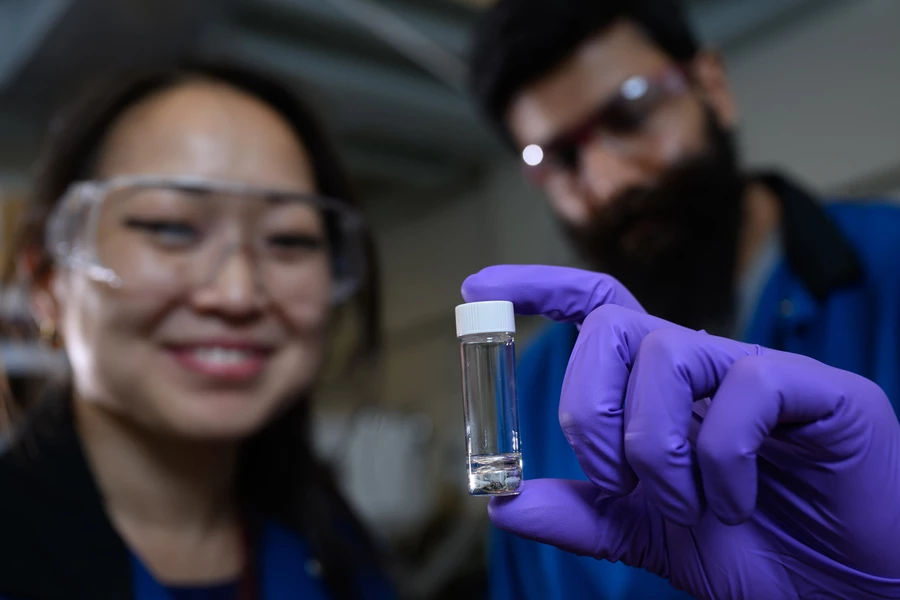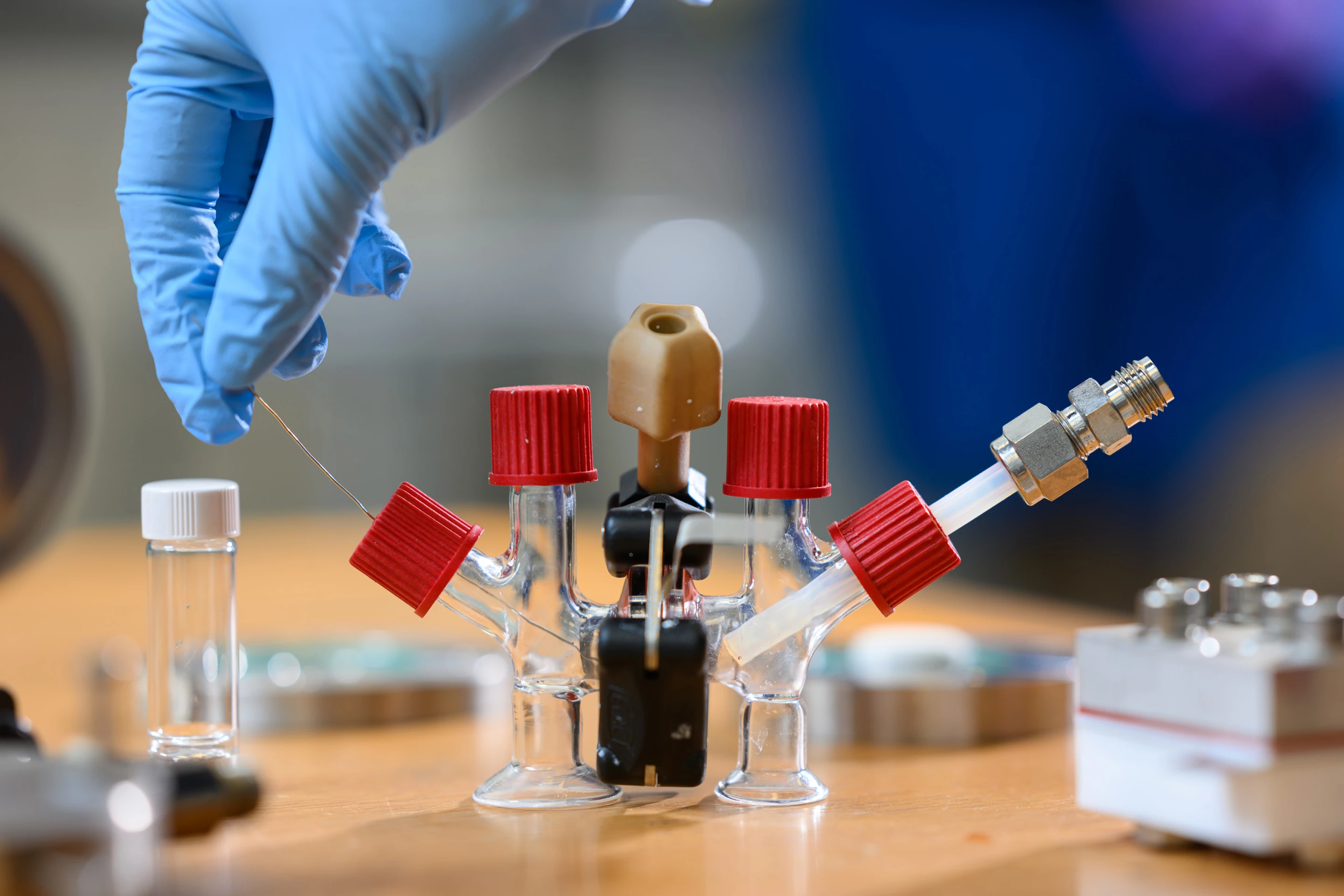Scientists have developed a fuel cell system which they say could ultimately have enough energy capacity to power regional electric aircraft. They state that the technology is capable of carrying over three times as much energy per unit of weight as a lithium-ion battery.
Created by Prof. Yet-Ming Chiang and colleagues at MIT, the current prototype device consists of two chambers linked by a solid ceramic electrolyte material. The fuel, namely liquid sodium metal, is in one of the chambers, while the other is filled with humid air.
Putting it simply, sodium ions pass from the one chamber, through the electrolyte, into the other chamber. Upon contact with the air, they chemically react with the oxygen in the gas, producing electricity. A porous electrode on the air-chamber-side of the electrode assists in this reaction.
The process does create sodium oxide as a byproduct, which the researchers state would soak up excess carbon dioxide from the atmosphere when expelled from aircraft in the exhaust.
Through a cascading series of reactions, the sodium oxide would ultimately form into sodium bicarbonate, aka baking soda. Chiang's team says that if the non-toxic compound were to end up falling into the ocean, it would de-acidify the water, actually helping to reverse one of the damaging effects of greenhouse gases.

The idea is that in a large-scale application such as an airliner, multiple sodium-air fuel cells could be stacked together. Providing an energy density of about 1,000 watts per kilogram, such a setup should provide enough range for regional passenger flights.
And after each flight, the cells could be quickly "refueled" simply by swapping in freshly-refilled cartridges full of liquid sodium metal. This capability addresses an issue with previously developed sodium-air flow batteries, which showed great promise but were difficult to fully recharge.
Production of the sodium metal reportedly shouldn't be a problem, as it was globally mass-produced as a fuel additive back in the days of leaded gasoline. It utilizes widely available inexpensive sodium chloride salt, and melts into metal form at a temperature of 98 ºC (208 ºF), just below the boiling point of water.

Although we may not be seeing passenger airliners utilizing the technology in the immediate future, it is hoped that a "brick-sized" 1,000-watt-hour demonstrator fuel cell will be available for use in drones within one year. The technology is being commercialized via MIT spinoff company Propel Aero.
"We expect people to think that this is a totally crazy idea," says Chiang. "If they didn’t, I’d be a bit disappointed because if people don’t think something is totally crazy at first, it probably isn’t going to be that revolutionary."
A paper on the research was recently published in the journal Joule.
Source: MIT




